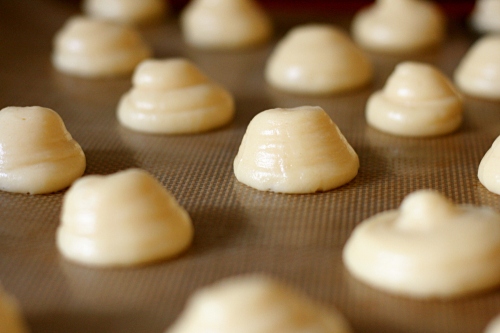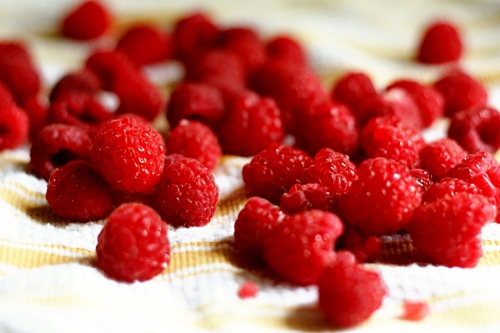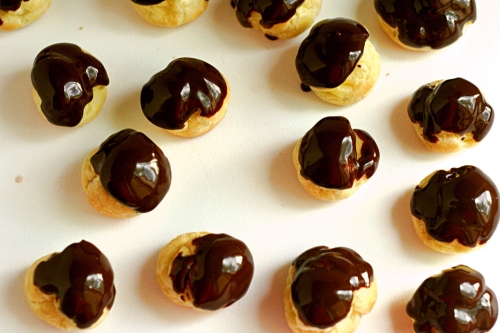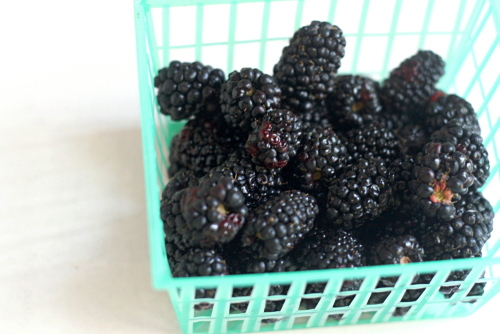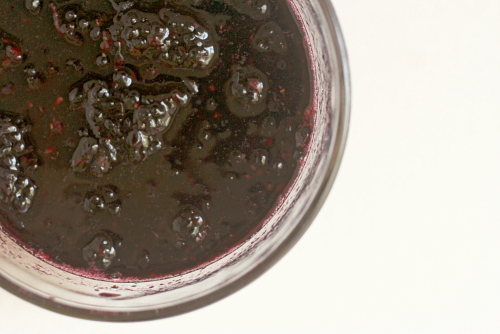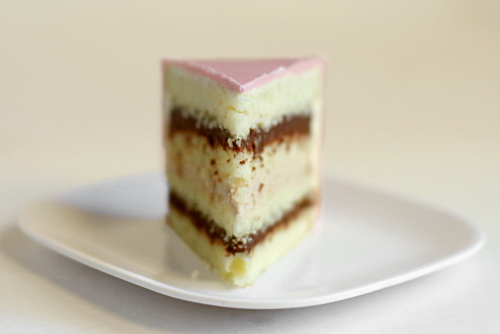Laurie, the administrator for TWD, gave us the option of blogging about the Thanksgiving Twofer Pie, a combination of pecan and pumpkin pie, on Thursday instead of Tuesday, under the assumption that some of us would be making it for Thanksgiving. I tried to imagine my family’s reaction if I offered something so untraditional after the turkey. My mom would raise her eyebrows, loudly, if such a thing is possible, and eat maybe half a piece. My dad would eat his portion and proclaim it good but not as good as Libby’s pumpkin pie. My brothers and sister are more easygoing, and they might actually enjoy it for what it is – something different, god forbid.
I admit to being a little apprehensive about the pie myself, not being a big fan of pecan pie, or even pecans, for that matter. But I’m generally game for something new, so I followed the recipe almost exactly. I did toast the pecans before adding them to the pie, and I ran out of corn syrup and substituted maple syrup for almost half of the corn syrup. I also used a different pie crust recipe.
The recipe came together smoothly for me, although I will admit to a twinge of regret when I added the pecans to the wonderfully pure pumpkin pie filling. The only problem I had was that my crust became incredibly difficult to cut through after baking. I am not exaggerating when I say that I ate my pie with a steak knife. I don’t know what happened – my only guess is that the sugary pecan pie filling made its way down to the crust and crystallized. I haven’t seen anyone else mention this problem, but there was nothing unusual about the pie crust I made. Maybe the maple syrup caused the problem?
I was surprised by how much I really enjoyed this pie. I’m so glad that I added some maple syrup, because that flavor was really noticeable, and it was fantastic. I did think the pie was sort of, um, ugly, once sliced. I wish the layers had stayed separate. That’s okay though, it was still tasty.
Vibi, who’s actually from France and therefore has no interest in Thanksgiving, was kind enough to choose this dessert for all of us American TWD members. The recipe is posted on her blog (in both English and French – just scroll down for the English version).


































